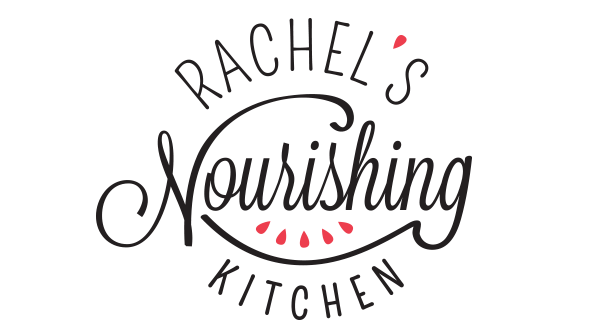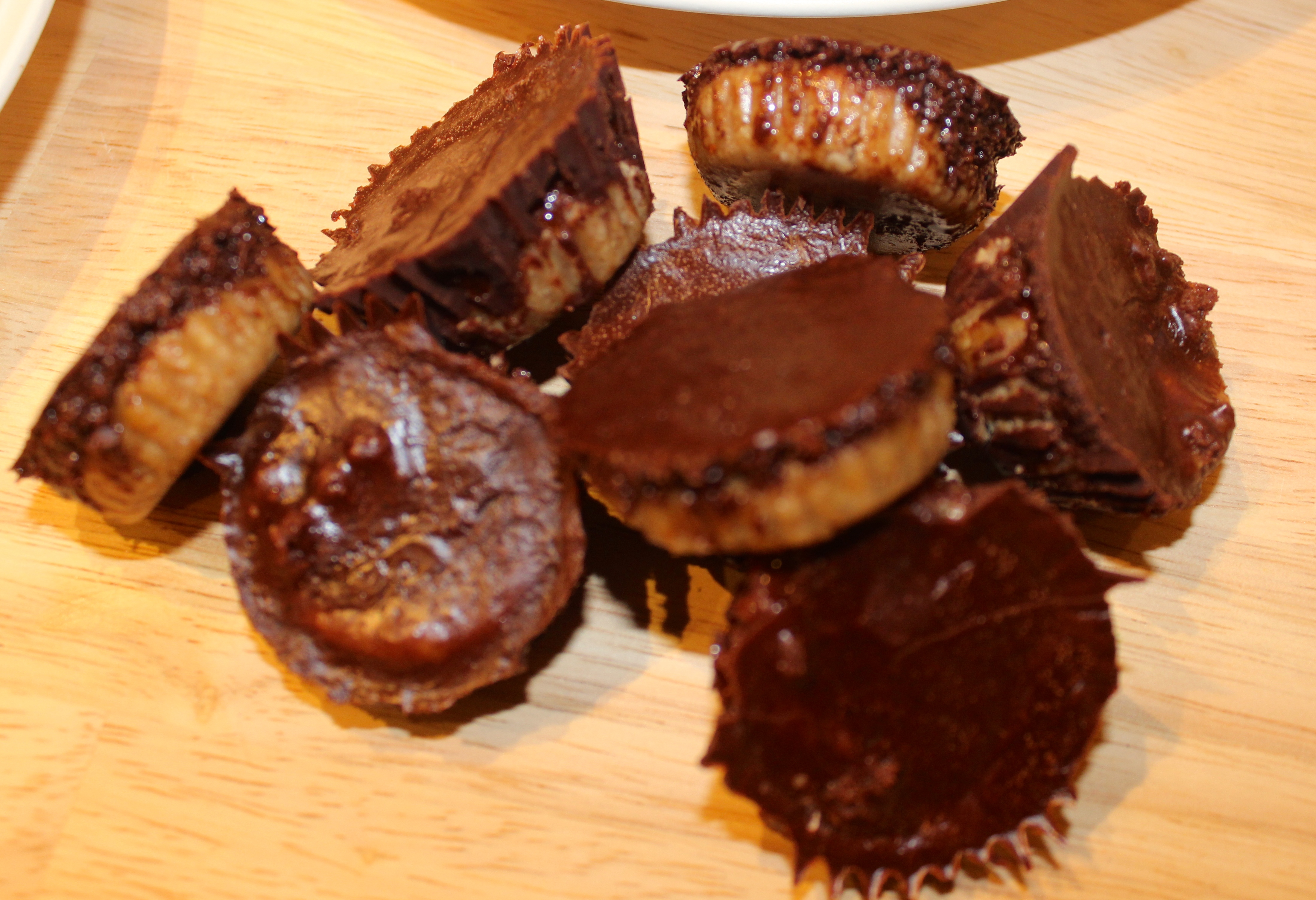Growing up, I preferred being alone more than being with other people.
It’s not because I didn’t like people; I was just super shy and introverted and felt safer and more comfortable in my own company than I did with others.
As I’ve mentioned before, studying abroad in Spain my junior year of college left an indelible mark on me, expanding my palate beyond what I ever thought possible. It also transformed my social tendency to prefer being alone.
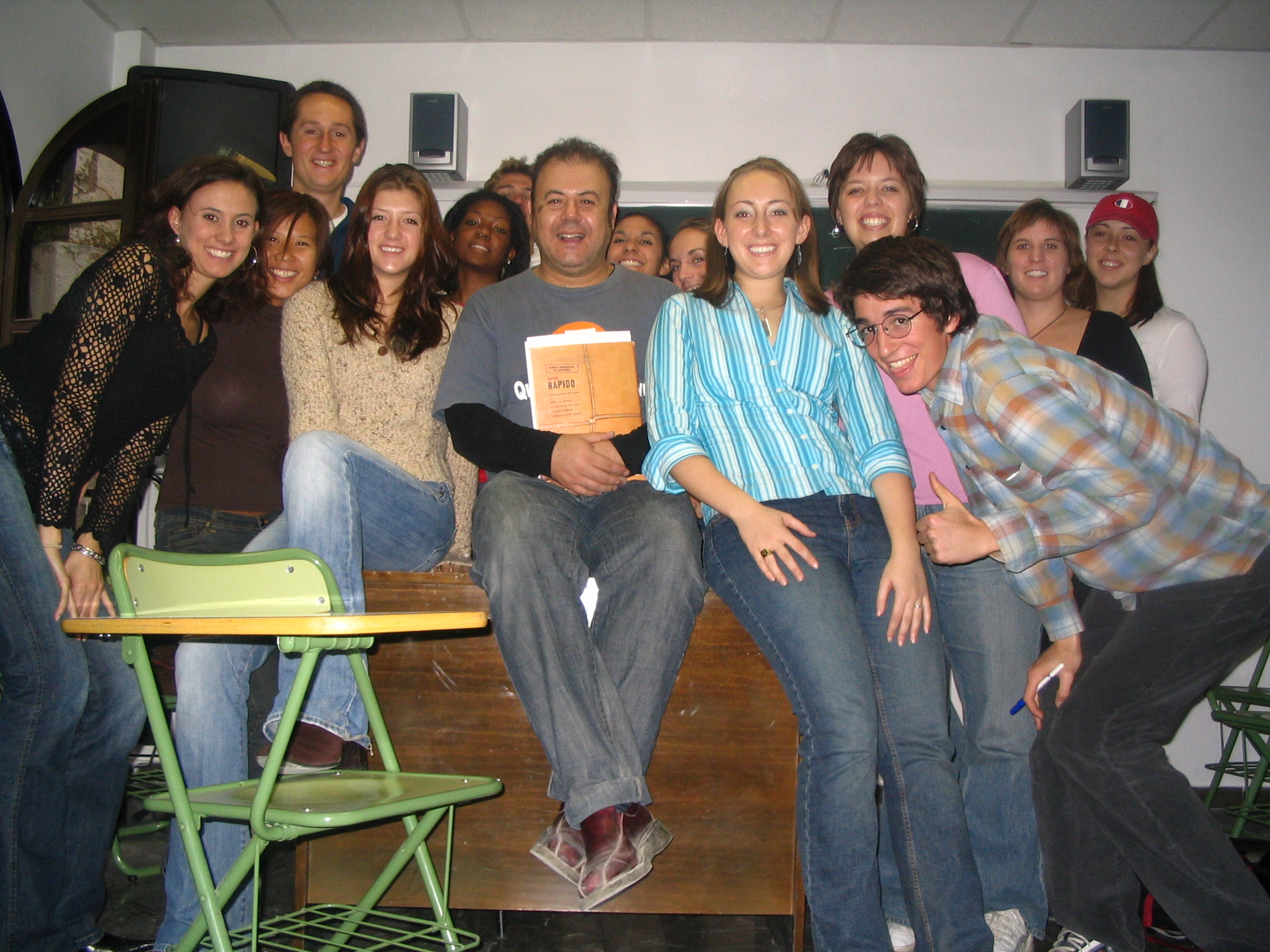
The Hispanic culture is a very social one. I was surrounded by people all of the time and rarely had the opportunity to be by myself. When I returned from my semester abroad, instead of spending all of my weekday evenings hunkered down in the library reading, studying or writing, I began to value and enjoy staying up until 2:00 a.m. playing cards, baking, listening to music, and hanging out with my friends.
For the first time in my life, I wanted to be around people more than I wanted to be alone.
Graduating from college and leaving the academic world for the first time two years later was frightening for me. All of my identity was wrapped up in how well I performed as a student and whether I got good grades.
I had just started my first dating relationship, moved out of my parents’ house and into an apartment with someone I didn’t know, and was working two jobs. In the midst of all of those transitions, I felt alone, lonely, and sad. I lacked community.
My then-boyfriend (now husband!) and I went through some challenging times as individuals and as a couple as we sought to establish new connections and find community.
Over the past seven years, we have been blessed by the generous, loving, supportive community of family, friends, church members, and co-workers that surrounds us.
We have experienced the significance of what it means to be in community.
When a couple in our church has a baby or is going through a challenging time, and dozens of people sign up to bring them dinners for two months…
This is community.
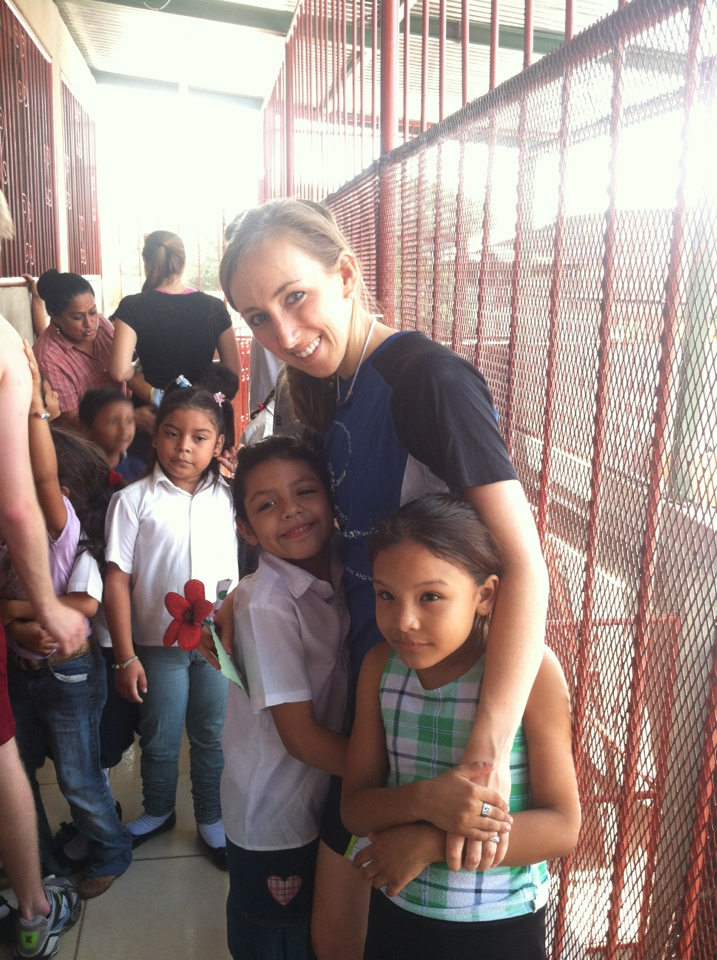
When we sign up for a missions trip to Nicaragua as we are buying our first house and don’t know where the almost $3,000 we need for the trip will come from but end up being fully funded…
This is community.
When a kitchen sink pipe starts leaking the day we move into our new house (which we had to get some loans to get in the first place), and our next door neighbor (who happens to be a plumber) offers us his industrial air blower to dry out the floor and replaces the pipe for half of what it would have cost elsewhere…
This is community.
When our bus gets stuck in the mud in an impoverished village in Nicaragua as we are on our way to a feeding center, and the villagers stop what they are doing to find rope to pull us out, dig their heels into the mud to push from behind, and bring whatever precious water they can find to help us clean ourselves up afterwards…
This is community.
When my husband has hand surgery and can’t drive his manual transmission car for a month, and four friends eagerly offer to lend us theirs…
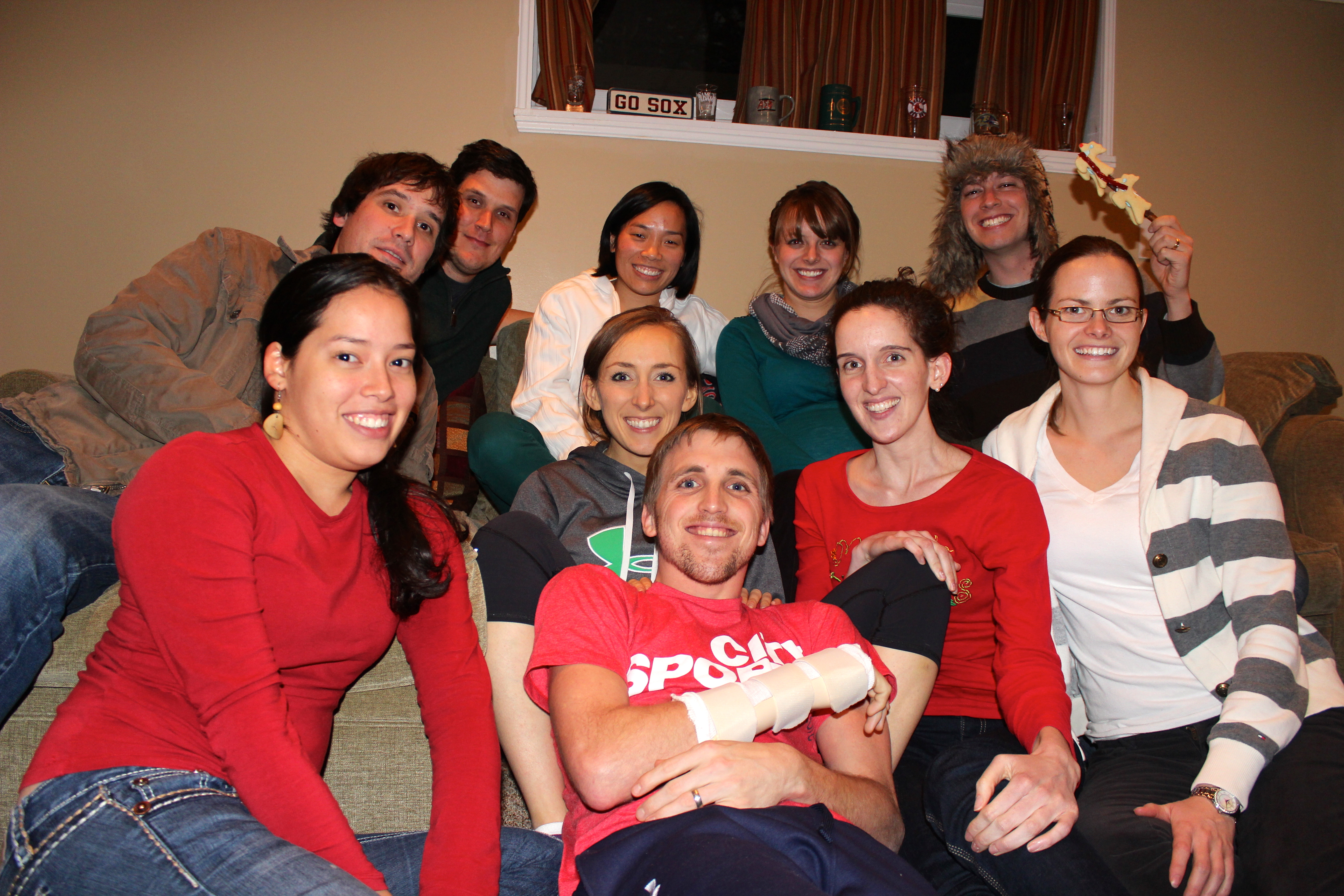
This is community.
And days later, when a snowstorm comes through, and our next-door neighbors take it upon themselves to shovel out our walkway, sidewalk and driveway, as they tell us, “We know your husband can’t use his hand. We take care of you.”
This is community.
This is what happens when we are in community. We were meant to be in community.
So, what does this have to do with food?
As I’ve written before, we believe good health begins in the kitchen. It’s a place of connection, community, and comfort.
Unique communities around the world identified as “Blue Zones” are home to the world’s longest lived people, people living active, fulfilling lives well into their 90s and even 100s. Belonging to some kind of faith-based community, being in a social circle that supports healthy behaviors, and eating a plant-centric diet are three of the nine lessons learned from people who live to be 100+.
The next time you have an opportunity to spend time with friends, family or even a coworker, create community in the kitchen. Make a healthy, nourishing meal together. You don’t have to have a fancy kitchen or be an experienced chef to do this – maybe a pot, a pan and a knife, or some of these inexpensive kitchen staples.
Pick out the menu, go grocery shopping, prepare the meal, and savor the food together. It will be more enjoyable than doing it by yourself. Do that enough times and maybe cooking will become something you get to do instead of something you have to do.
Looking for some healthy recipe inspirations? Check out my Pinterest board or some of the links below for ideas!
- Kath Eats Real Food: Real food. Nothing processed here. Delicious and simple ingredients and recipes…check them out!
- Girl Makes Food: Discover how delicious and easy healthy food can be!
- Clean Food: Terry Walters cooks seasonally and prepares delicious, nourishing recipes. I have her cookbook, Clean Food, and we have made nearly a dozen delicious recipes from it!
- Healthy Girl’s Kitchen: After struggling with diet obsessions for years, Wendy has lost and kept off over 40 pounds through a plant-based diet. Check out her awesome recipes!
- The Gracious Pantry: Clean eating recipes for everyday living.
- oh she glows: In addition to being meat and dairy-free, many of Angela’s recipes are free of gluten, soy, and processed foods…did I mention they are also delicious?
Like this:
Like Loading...
